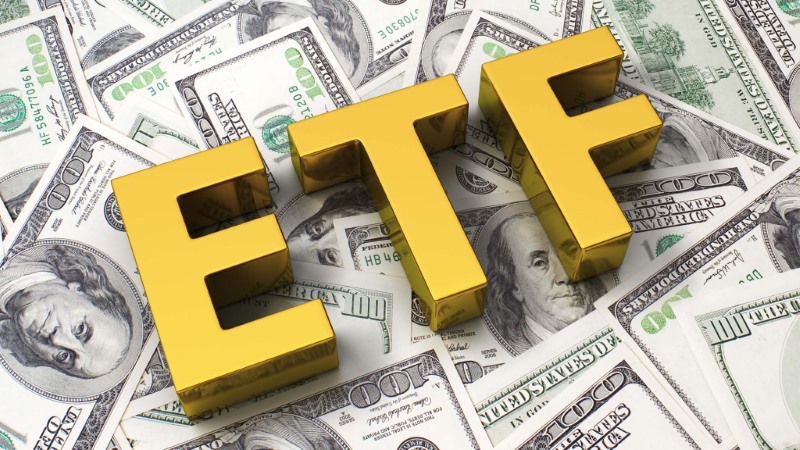To invest profitably, investors are forced to value stocks. So what are the how to value stocks Which? And step stock valuation guide How is it done?
What is stock valuation?
Before learning how to value stocks Then we should also take a quick look at the definition of stock valuation.

It can be said that one of the most important steps to be able to invest in stocks is to evaluate the price or also known as stock valuation. And this concept can be understood simply as the step of evaluating the real price as well as finding the basic prices of stocks and finally comparing these intrinsic values with stock price to be able to conclude whether the price is cheap or expensive, and whether to buy or sell.
And this value is intended to indicate the true value of this asset or company after it has been accurately and fully assessed for all of its characteristics, and this is also a value that investors more rationally with full knowledge of the characteristics of the asset would be willing to pay.
For the “old wolves” who are said to have a truly profound understanding of the stock market, it is not too difficult for them to determine the value of stocks as expensive or cheap as well as the potential for investment, but for new investors who are still “young”, it is a big challenge to overcome. And to be able to summarize these valuable experiences, it is usually necessary to go through a lot of time as well as money, through many losses and the truth is that there have been many investors who have had to give up.
How to find out the real value of a stock?
It can be said that the book value of a stock will be considered as the real value of that stock. So How to determine the true value of a stock What is that?

If the intrinsic value of a stock is lower than its market price, it means that the stock may be overvalued because it is worth more than the assets it owns. Conversely, when the intrinsic value of a stock exceeds its market price, investors may be able to buy more of the company's assets more effectively and at a price lower than the intrinsic value of those assets.
However, investors should note that the book value will be mentioned in the financial statements, which means that it will be done quarterly and annually. Therefore, investors may only grasp the situation of the company after the financial statements have been released. The reference values at the time that investors decide may not correspond to the actual situation of that company.
Effective stock valuation methods
There are how to value stocks as stock valuation method how?
There is no general formula that can value all companies because each type of business, each business cycle as well as each business's internal strength will be assigned a completely different value. In addition, sometimes there will be cases where all types of business stocks cannot be valued.
It is for that reason that when investing in stocks, we should also choose stock segments as well as stock valuation software really suitable for yourself to be able to value and invest effectively. At the same time, it is also necessary to grasp different valuation methods to be able to flexibly apply to many different types of stocks. And let's join HVA to refer to the top 4 methods and stock valuation formula most effective
Discounted Cash Flow Stock Valuation
It can be said that the intrinsic value of any business will be determined by its cash outflow as well as its cash inflow. That is why we can base on it to partly determine the stock price of the business.
When valuing stocks based on discounted cash flows, we will have the following formula: PV = FV / (1 + r)^n.
And in that:
r will be the discount rate and n will be the number of years of investment
pV is the abbreviation for Present Value or also known as the actual value of that stock.
It can be said that cash flow is the most basic and popular method of stock valuation and it is the method that is widely applied. And if you are a newbie to investing, it can be said that this is a basic valuation method and will be the first method you need to know.
However, this formula is often applied by few large investors because its results are only general, so it is only a reference method and does not accurately represent the real value of that stock.

Stock valuation by dividend discount method
It can be said that dividend discount or dividend yield is the ratio of cash dividends to stock price. And we will have a separate formula for this method, which is:
Dividend discount = Cash dividend / Market price
Whenever an investor hears that a certain stock will pay a dividend of 20% for a year, the investor should understand that this means that they will have to pay a dividend of 20% compared to the actual value of the stock.
Stock valuation using P/B method
It can be said that the full P/B index is the price to Book value ratio and this index will be calculated by analyzing how many times the current stock price will be compared to the net asset value recorded in the financial statement of that business.
And the formula for valuing stocks using the P/B method is: P/B = Market stock price / Book price of 1 stock.
And the P/B ratio will be really suitable in revaluing companies with highly liquid assets such as investment companies, banks or financial companies. However, it will not be really suitable to revalue the stocks of service companies and in addition, according to the experience of investment experts, this method will not be effective for companies with too strong growth.
Stock valuation with P/E method
It can be said that the P/E index can also be called PE, which is an abbreviation for Price to Earning Ratio and this index will be calculated by the number of years an investor has broken even in the process of investing in the company's stock with a constant profit.
And the stock valuation formula is very simple, just the P/E formula:
P/E = Market Price / EPS.
In which P is the market price at a transaction time and EPS will be the net profit of that stock.
Thus, it can be seen that the P/E index will show how much money investors are willing to pay for such a profit and when the P/E index is low or the stock is undervalued, it also means that the company is having financial problems, but the company will also have sudden profits and specifically that is thanks to selling assets or receiving additional investment.
On the contrary, a high P/E ratio will show the future prospects of a good company. Although the profit is low, it is only temporary and based on this, investors also have their own basis to make their decision on whether to buy or sell stocks.
Hope that the information that HVA We have provided about how to value stocks Investors will have more information and answers to their questions as well as choose for themselves a suitable stock valuation method.











